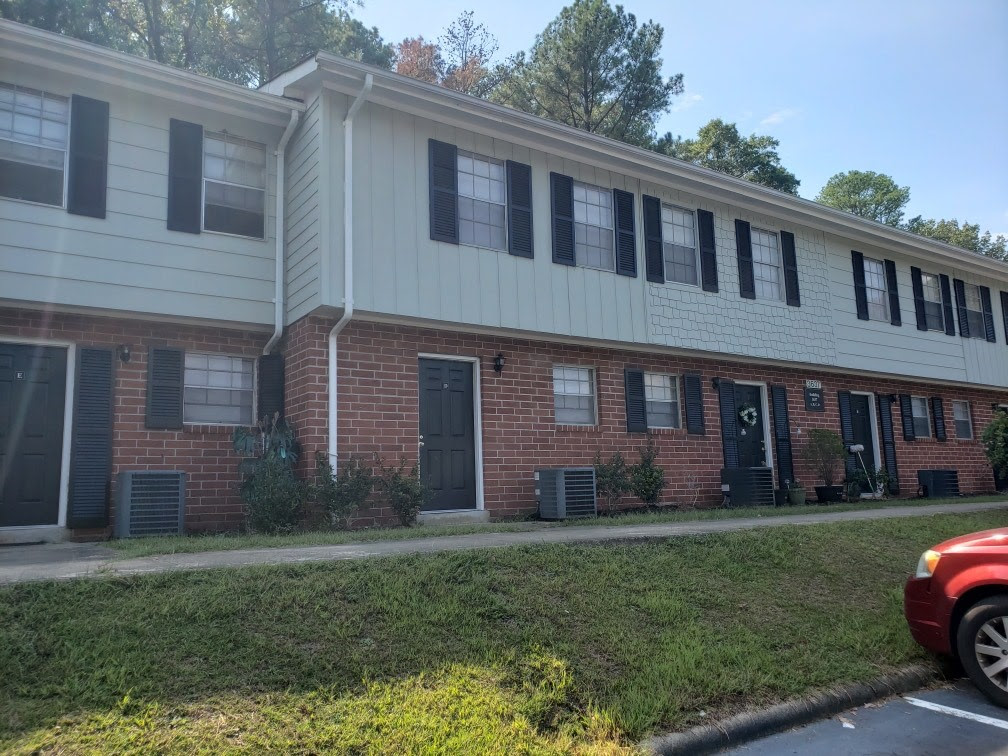The April Apartment Advisory from Berkadia-RealPage highlights the resilience of more affordable rents during the pandemic. Between March 2020 and March 2021, Class C assets were the only product type to average any rent growth. Additionally, the average occupancy rate among Class C assets in the past year has run about 60 basis points tighter vs. Class B and 170 basis points tighter than Class A.
The relative strength in Class C surprised many who expected widespread weakness in employment to hammer this segment. This is especially true given its outsized exposure to leisure and hospitality. Unlike white-collar residents in Class A buildings who left the city for remote work in the suburbs, Class C renters didn’t have many options. And, likely, many in Class B traded down to save some money, further boosting demand for already scarce affordable housing options.
So far, so good, but Class C is not without its challenges. Recent data indicates that the rent growth and occupancy outperformance of Class C are waning. There’s also a persistent and outsized delinquency exposure in Class C awaiting rental relief or write-offs.
